Green Mole: A Flavorful Journey Through Mexican Spice Traditions
If you've ever been captivated by the deep, complex flavors of Mexican cuisine, then you’ve probably encountered green mole. This vibrant, herbaceous sauce is a cornerstone of traditional Mexican cooking and holds a special place in the hearts (and taste buds) of many. Whether you're a seasoned chef or an amateur enthusiast, understanding the history, ingredients, and versatility of green mole can elevate your culinary game.
Table of Contents
- What Is Green Mole?
- The History of Green Mole
- Key Ingredients in Green Mole
- How to Make Green Mole
- Practical Tips for Cooking With Green Mole
- Green Mole in Global Cuisine
- Buying Guide: Where to Find the Best Green Mole
- Conclusion
What Is Green Mole?
Green mole is a traditional Mexican sauce made from a blend of fresh herbs, vegetables, and spices. Unlike its red or chocolate-based counterparts, green mole is lighter in color and has a more herbal, tangy profile. It's often used as a sauce for meats, enchiladas, tamales, and even soups. The key to its complexity lies in the balance of flavors—spicy, nutty, sour, and savory all come together in one delicious bite.
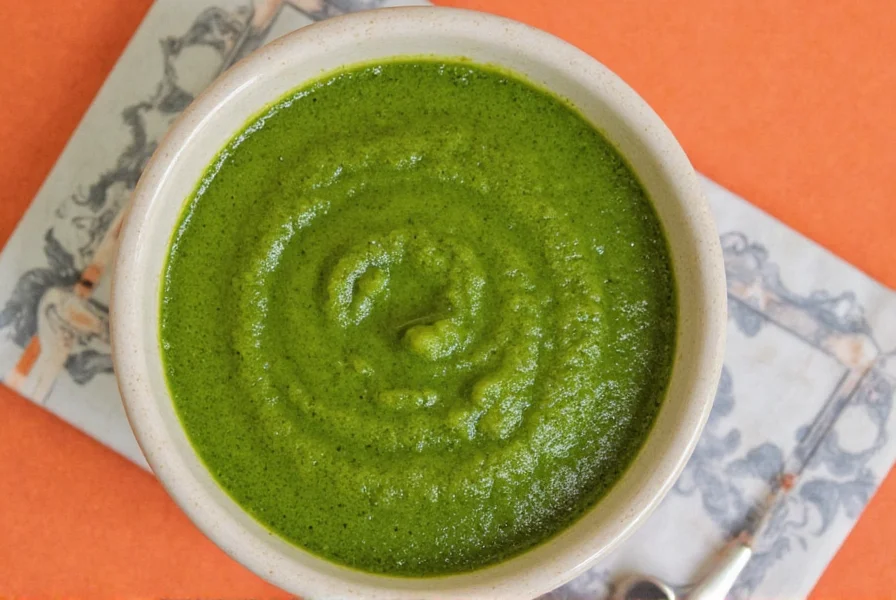
One of the most fascinating aspects of green mole is that it's not a single recipe but rather a family of sauces. Different regions in Mexico have their own versions, each with unique ingredients and techniques. For example, some may include avocado, others might use pumpkin seeds, and some might even add citrus zest for brightness.
The History of Green Mole
Green mole traces its roots back to pre-Columbian Mexico, where indigenous communities used a wide variety of local plants and herbs to create rich, flavorful sauces. After the Spanish colonization, new ingredients like tomatoes, chili peppers, and even chocolate were introduced, which influenced the evolution of mole recipes.
While red and dark moles became more popular in certain regions, green mole remained a staple in the Yucatán and other parts of southern Mexico. It was often served during festivals, religious ceremonies, and family gatherings, symbolizing both celebration and tradition.
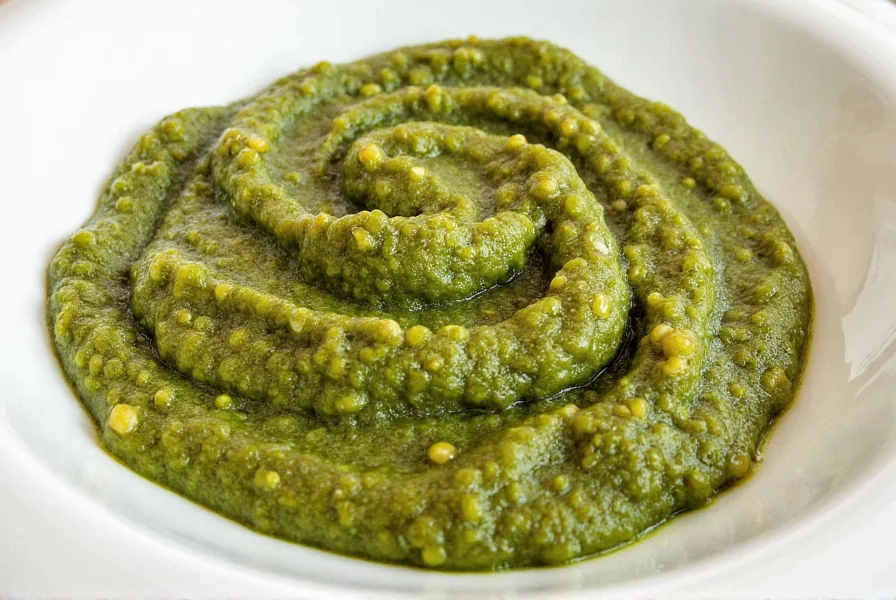
Today, green mole is celebrated not just for its flavor but also for its cultural significance. It represents the fusion of indigenous and colonial influences, making it a true reflection of Mexican culinary heritage.
Key Ingredients in Green Mole
Green mole is a symphony of flavors, and the ingredients play a crucial role in creating that depth. Here are some of the most common components:
- Cilantro – Adds a fresh, bright note.
- Tomatillos – Provides a tart, slightly sweet base.
- Green chilies – Offers heat and smokiness.
- Garlic – Enhances the savory undertones.
- Pumpkin seeds – Adds creaminess and texture.
- Lime juice – Brightens the overall flavor.
- Onion – Adds a subtle sweetness and depth.
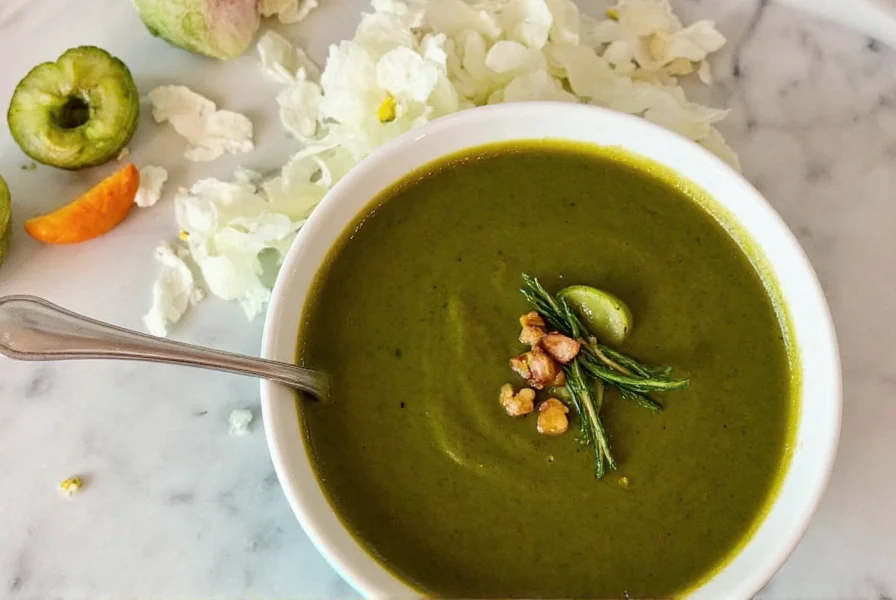
Some variations might also include ingredients like avocado, which gives the sauce a velvety texture, or epazote, a native herb that adds a distinct aroma. The combination of these elements creates a sauce that’s both complex and balanced.
How to Make Green Mole
Making green mole at home is a rewarding experience, though it does require time and attention to detail. Here's a basic recipe to get you started:
- Prepare the base: Start by roasting tomatillos, garlic, onion, and green chilies until they’re softened and slightly charred.
- Blend the ingredients: Add the roasted vegetables to a blender along with cilantro, lime juice, and pumpkin seeds. Blend until smooth.
- Season and simmer: Transfer the mixture to a pot, add salt, and let it simmer for about 20 minutes to allow the flavors to meld.
- Adjust and serve: Taste and adjust seasoning as needed. Serve warm over your favorite dishes.
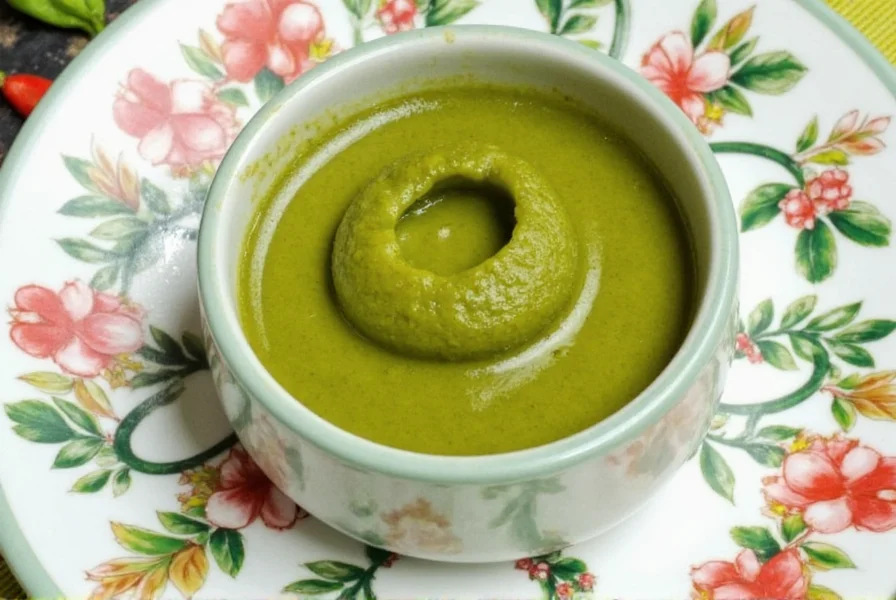
Remember, the beauty of green mole lies in its flexibility. Feel free to experiment with different herbs and spices to find your perfect version.
Practical Tips for Cooking With Green Mole
Whether you're using store-bought or homemade green mole, there are several tips that can help you make the most of this versatile sauce:
- Use it as a marinade: Green mole works wonders as a marinade for chicken, pork, or even fish. Its acidity helps tenderize the meat while infusing it with flavor.
- Pair it with rice or beans: Green mole is a fantastic accompaniment to rice, beans, or grilled vegetables. It adds a burst of flavor without overpowering the dish.
- Add it to soups and stews: The tangy and herbal notes of green mole complement broths and soups, giving them a refreshing twist.
- Experiment with toppings: Try adding chopped avocado, cilantro, or lime wedges on top of your mole dishes for extra texture and freshness.

Don’t be afraid to think outside the box. Green mole can even be used as a dip or a dressing for salads. Its bold flavor makes it a great choice for adventurous cooks who love to experiment.
Green Mole in Global Cuisine
While green mole is deeply rooted in Mexican culture, its influence has spread far beyond the borders of Mexico. Chefs around the world have incorporated green mole into their menus, using it as a unique and flavorful element in various dishes.
For instance, some restaurants in the U.S. and Europe use green mole as a base for tacos, burritos, and even burgers. Others have created fusion dishes that combine green mole with ingredients from different cuisines, such as Thai curry or Italian pasta.
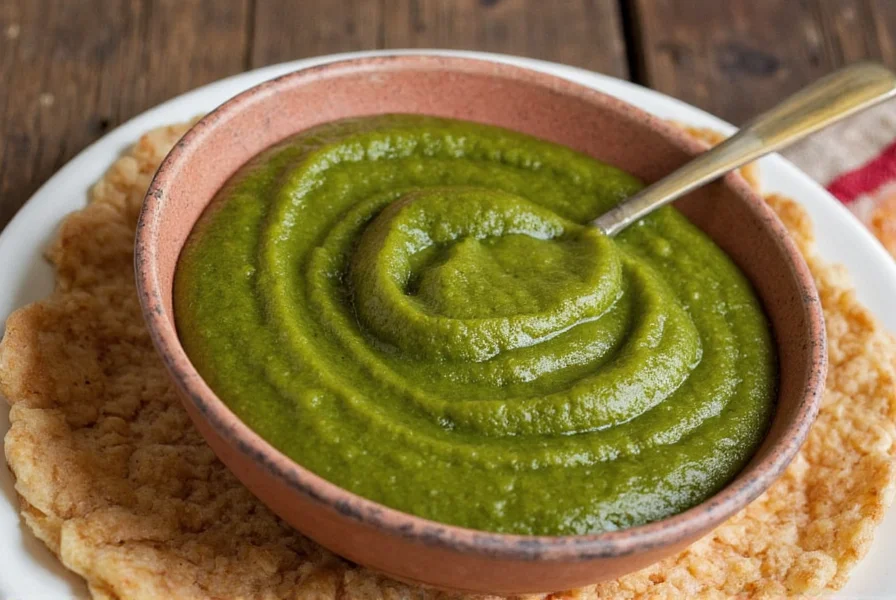
This cross-cultural appeal highlights the universal nature of good food. Green mole, with its vibrant and complex flavor, is a testament to how traditional ingredients can inspire creativity on a global scale.
Buying Guide: Where to Find the Best Green Mole
If you're not up for making green mole from scratch, there are several high-quality options available in stores and online. Here are some recommendations:
1. La Michoacana Green Mole
Features: Made with natural ingredients and no artificial preservatives.
Advantages: Rich flavor, easy to use, and widely available in Mexican markets.
Use Cases: Ideal for quick meals or as a base for recipes.
Target Audience: Home cooks looking for convenience without sacrificing quality.
Suitable Occasions: Weeknight dinners, family gatherings, or casual lunches.

2. El Compadre Organic Green Mole
Features: Certified organic and made with traditional methods.
Advantages: Health-conscious option with a robust flavor profile.
Use Cases: Great for those who prefer organic products or have dietary restrictions.
Target Audience: Eco-conscious consumers and health-focused chefs.
Suitable Occasions: Special occasions, gourmet meals, or health-oriented recipes.
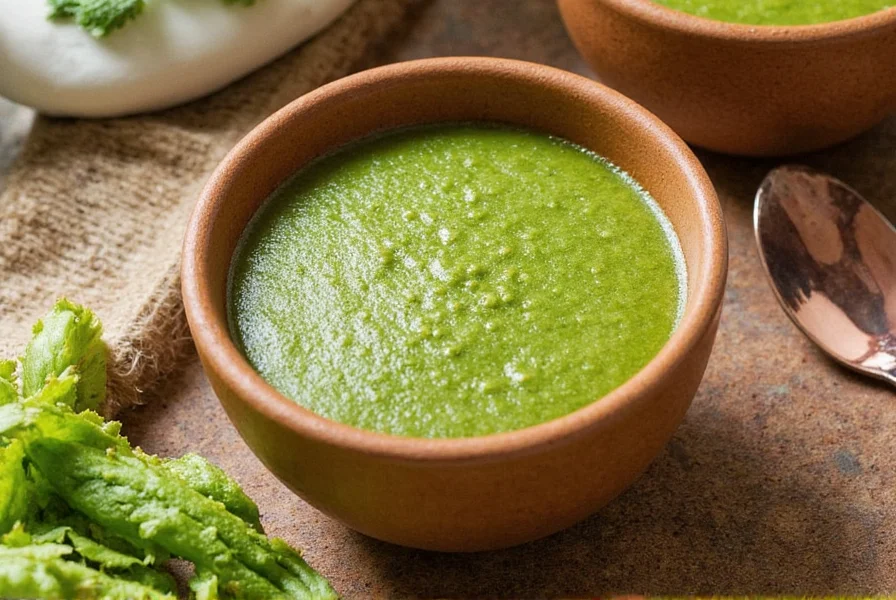
3. MexiMama Green Mole Paste
Features: Concentrated paste form for easy storage and use.
Advantages: Versatile and long-lasting.
Use Cases: Perfect for adding a splash of flavor to soups, stews, or dips.
Target Audience: Busy cooks who want to save time without compromising on taste.
Suitable Occasions: Quick weeknight meals, party platters, or impromptu dinner parties.

When choosing a green mole, consider your personal preferences and how you plan to use it. Whether you prefer a store-bought option or a homemade version, the key is to enjoy the journey of flavor and culture that green mole brings to the table.
Conclusion
Green mole is more than just a sauce—it's a window into the rich and diverse world of Mexican cuisine. From its humble beginnings in ancient kitchens to its modern-day presence on global plates, green mole continues to captivate and inspire. Whether you're cooking it from scratch or purchasing a ready-made version, the experience of using green mole is a celebration of flavor, tradition, and creativity.
So, next time you're in the kitchen, why not give green mole a try? You might just discover a new favorite ingredient that transforms your meals into something truly special. After all, the essence of green mole lies not only in its taste but also in the stories and memories it carries with it.
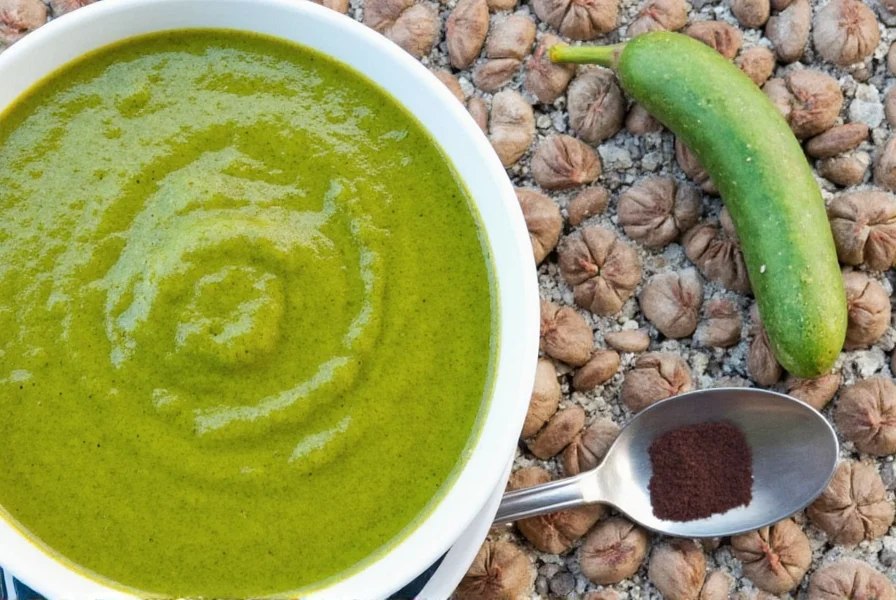











 浙公网安备
33010002000092号
浙公网安备
33010002000092号 浙B2-20120091-4
浙B2-20120091-4